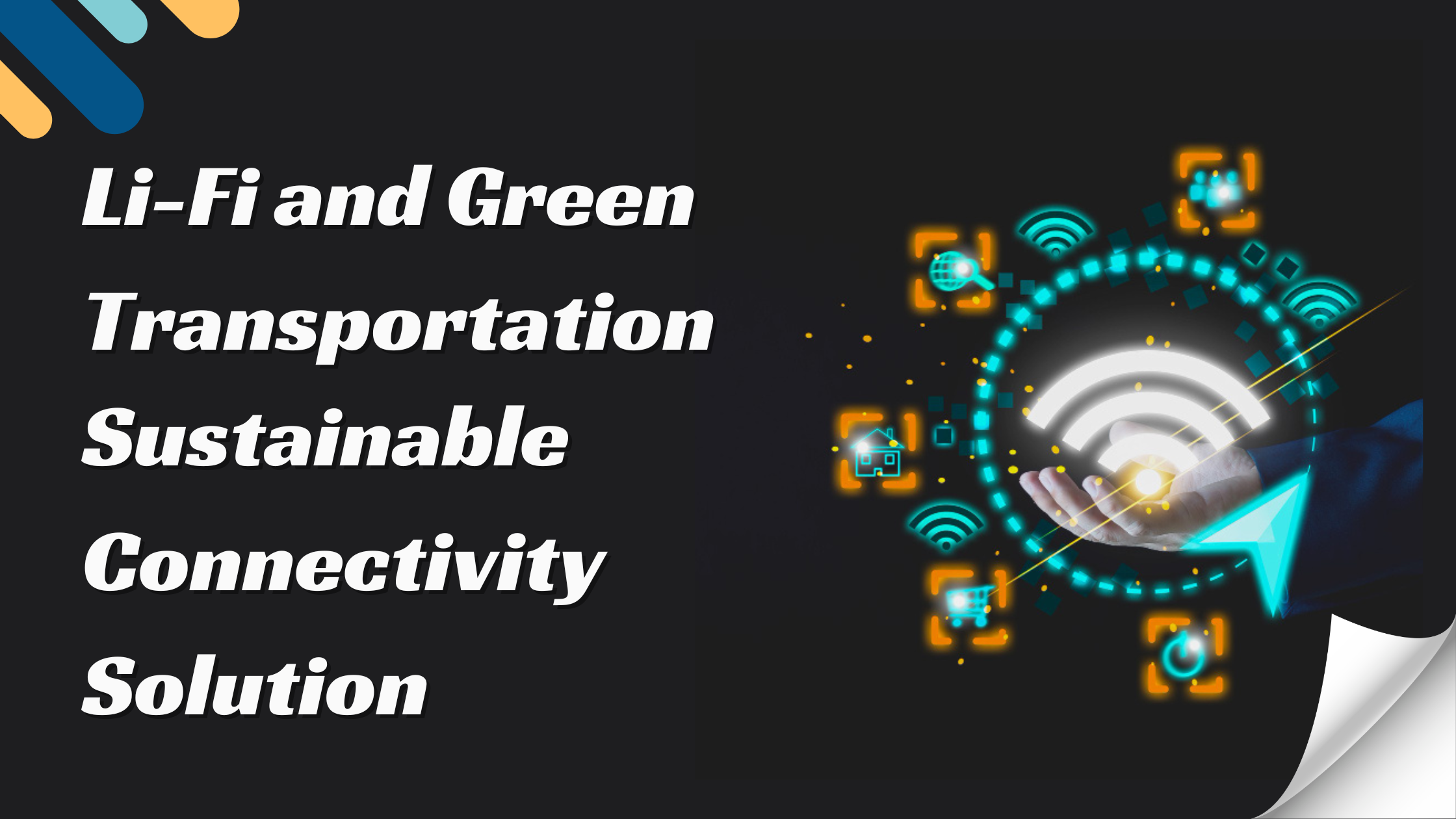Li-Fi and Green Transportation: A Sustainable Connectivity Solution
In a world where the demand for faster internet connectivity is an unending process, and a simultaneous need for sustainable and environmentally-conscious solutions has become a global imperative, the future of Li-Fi technology emerges as a solution that can unravel both challenges. By using visible light to transfer data, Li-Fi promises ultra-fast wireless communication while combining cutting-edge technology and dedication to environmental sustainability. This integration can potentially revolutionize the world of connectivity and transportation, painting the picture of a greener, more interconnected future.
Li-Fi and Green Transportation: A Sustainable Connectivity Solution
The backbone of green transportation
In a world slowly turning towards greener modes of transportation, Li-Fi technology offers an addition to these vehicles that could lead to a more seamless and completely sustainable connectivity solution. Integrating Li-Fi into cars could create a connectivity solution that enhances the driving experience and reduces our carbon footprint—a hallmark of a connected and greener future.
High-Fast connectivity – Even on the move
If there is one thing that Li-Fi offers, it is wireless internet connectivity at ultra-high sp—local area network speed. With data transfer rates of up to 100 gigabits per second, Li-Fi can offer lightning-fast downloads, seamless streaming, and real-time communication when stationary and moving. This level of connectivity is crucial for autonomous vehicles, which rely solely on constant data exchange to navigate safely and efficiently.
Energy efficiency: A green solution
Li-Fi provides high-speed connectivity with no additional energy consumption. It uses LED lights rather than a significant amount of energy, as Wi-Fi does. Therefore, it is highly energy-efficient. Adopting Li-Fi in transportation can decrease overall energy consumption and become greener.
Secure and interference-free communication
The technology boasts secure and interference-free communication thanks to its inability to penetrate through solid material and its confinement to a space. Light cannot pass through opaque barriers, unlike radio waves, which can penetrate walls and be intercepted.
This is a handy feature in transportation, where sensitive information, from navigation to passenger data to vehicle status, is concentrated in one area.
The future of connected mobility
Thanks to Li-Fi, riding in a car, accessing high-speed Internet without limitations, watching a video without interruptions, or attending a virtual meeting is the future. These are just some of the opportunities the technology makes possible for connected mobility.
Conclusion
In gearing up for tomorrow’s challenges, the evolution of green transportation requires more than just cleaner technology — its success also hinges on connectivity. Li-Fi sustainable technology holds the promise of both. With its ability to deliver data at speeds that dwarf current Wi-Fi capabilities, a smaller size, and superior security to Wi-Fi, Li-Fi’s integration into transportation infrastructure is shaping up to be nothing short of a fundamental game changer for modern transportation. As we aim to cultivate cleaner and more connected mobility ecosystems, Li-Fi is poised to assume vital importance.

















